Our production
See the process from start till finish.
< World of TVRFor the production of our carpets, we wanted to return to the authenticity and the craft of carpet knotting, believed to be more than 3,000 years old. Our carpets are produced/created in the most traditional way. They are oriental and hand-knotted. Our unique concept is to combine customized work and personalized contemporary design. Though many people don’t realize it, every step of production is done by hand.
We divided the whole production process into 10 different crafts. Each craft is illustrated by a 10-second film. Move your mouse over the pictures and watch step by step how our carpets are produced, from design to finished product.
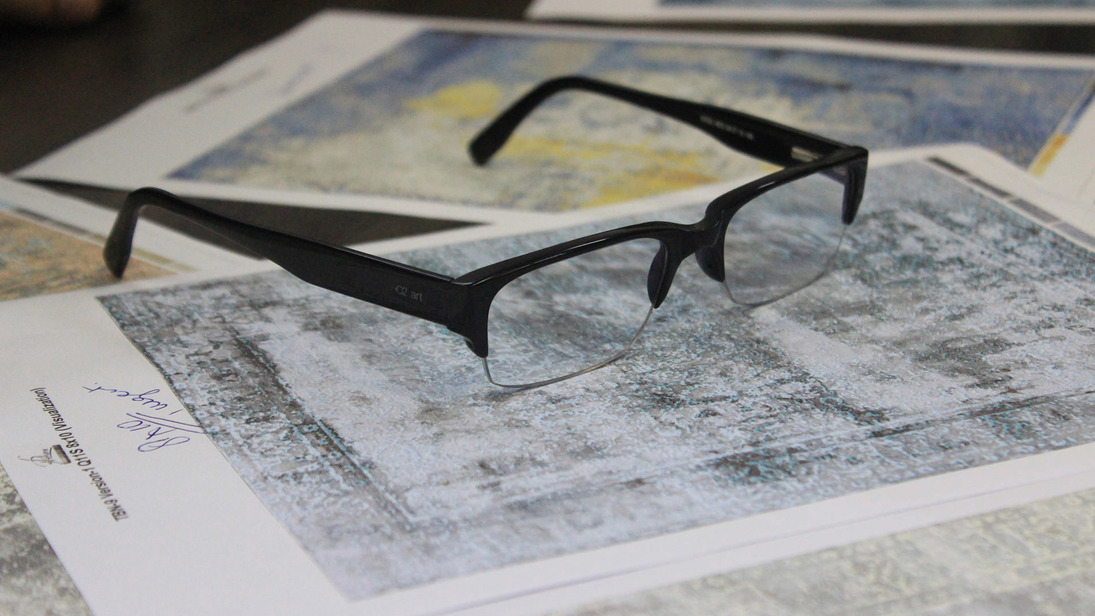

1. Design process
It takes a long time and a lot of effort to create unique design that is different, yet timeless and classy, so it will not bore your eyes.The extreme difficulty of the design pushes the knotters to the limits of their craft. And that’s precisely what Thibault Van Renne is striving for: time and time again pushing the limits of the possible further to create pieces of a controversial beauty. “Aiming for legendary”.
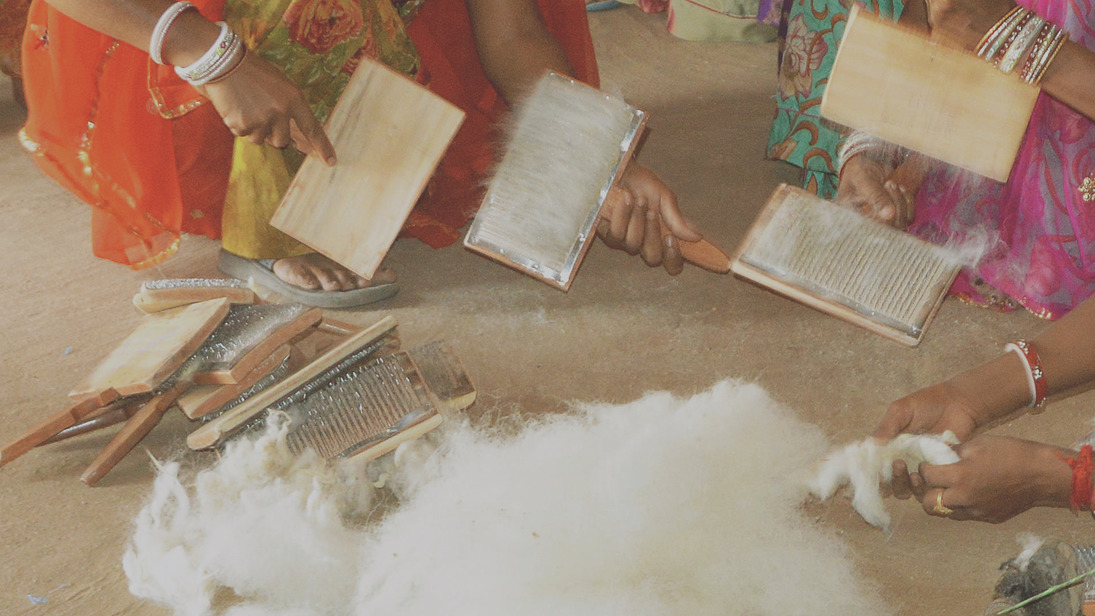

2. Hand carding
After the wool has been carefully selected,it is then hand carded. Carding is a process that disentangles, cleans and intermixes fibers to produce a continuous woolen thread with well spread variations in natural color tones. It breaks up the locks of the woolen fibres and then aligns the individual fibers to be parallel with each other. This is achieved by passing the fibers between differentially moving rectangular paddles covered with card clothing. As in many things, nothing compares to the finesse of something produced by hand.
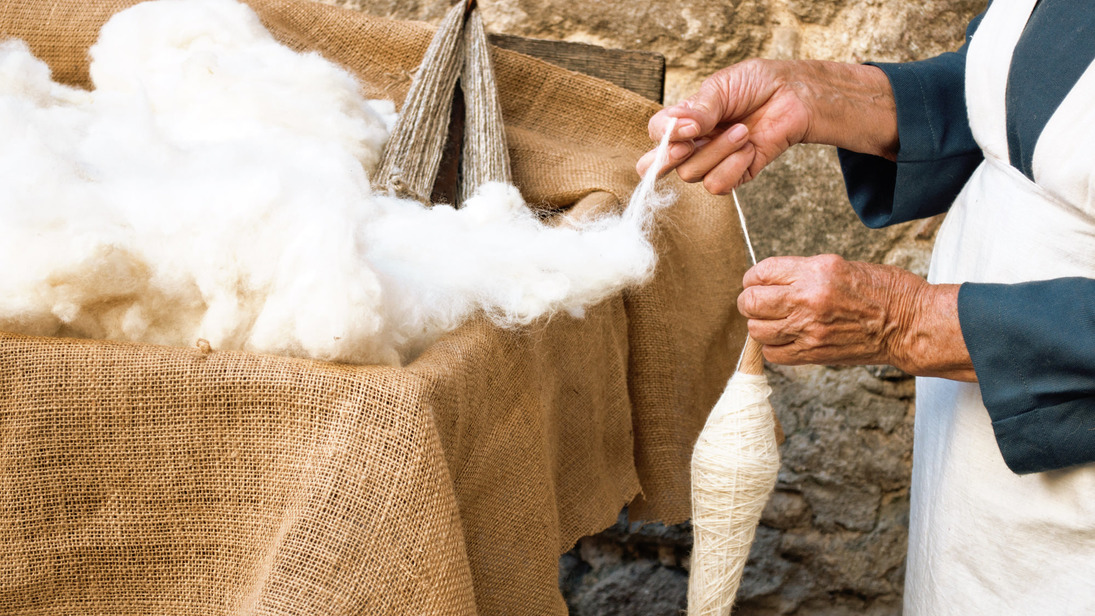

3. Hand spinning
After hand carding, our wool is handspun. Because the wool was already hand carded, it simplifies the process of hand spinning.The natural irregularity of the thickness in the handspun thread makes the uniqueness of each rug, as when soaked in dye, handspun yarn absorbs less where it is spun tightly and more where it is spun loosely. Without meaning to, the spinners have created yarn that, when dyed, is never uniform in color. That’s what creates the beauty of our rugs. Another practical effect is the fact that there is another selection of the fiber, as only the best fiber is spun on the woolen thread when it’s handspun. Also all our silk fiber is handspun.
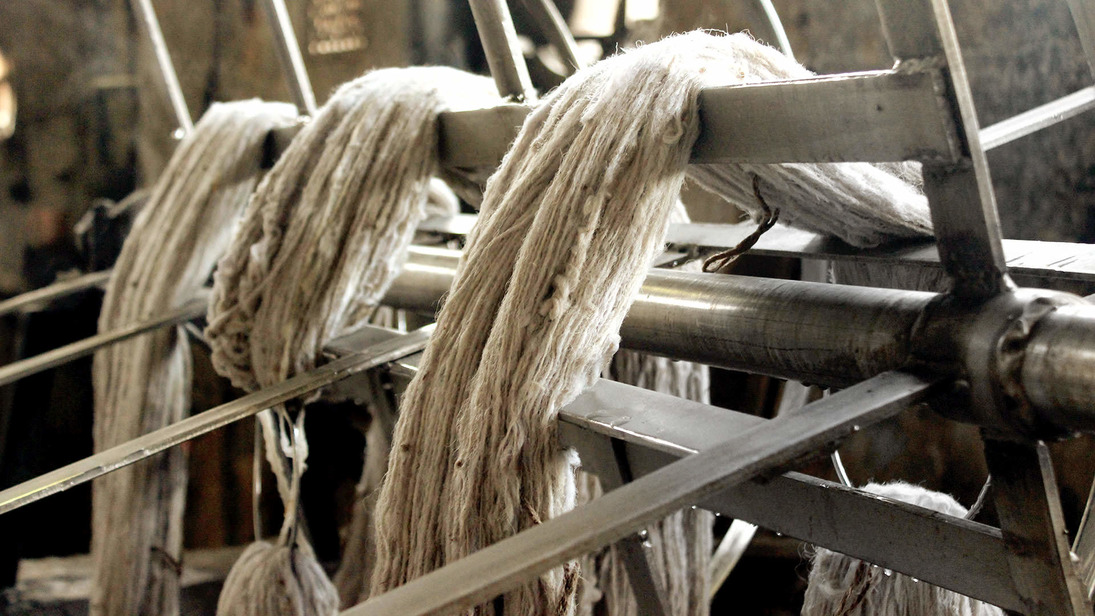

4. Dyeing
After being hand-carded and hand-spun, our yarns are dyed, by attaching the skeins of yarn to a wheel. This wheel goes through a large boiler with a boiling mixture of water, dye and binding agent. Because this is done by hand, the yarn absorbs dye unevenly. This results in subtle colour differences in the yarn.
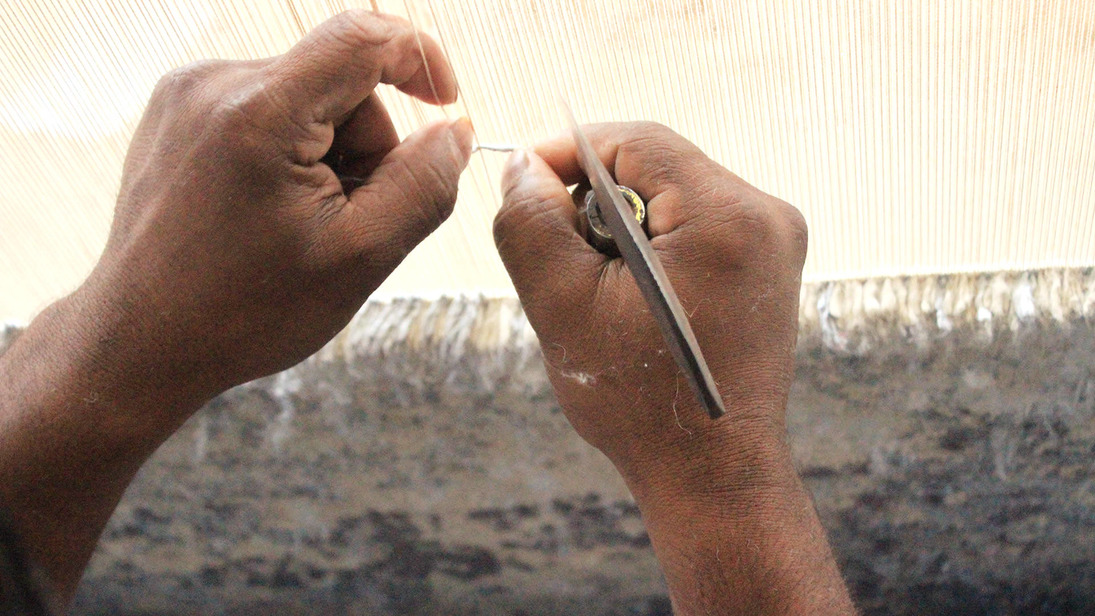

5. Hand knotting
The dyed yarns are gathered at the loom. Several knotters work side by side for 6 months (up to 8 months, depending on the design), knot after knot, to complete the design into a whole. They follow a plan on graph paper where each square represents a knot. It’s comparable to a computer screen, where each pixel represents a knot that is part of the composition of the design.
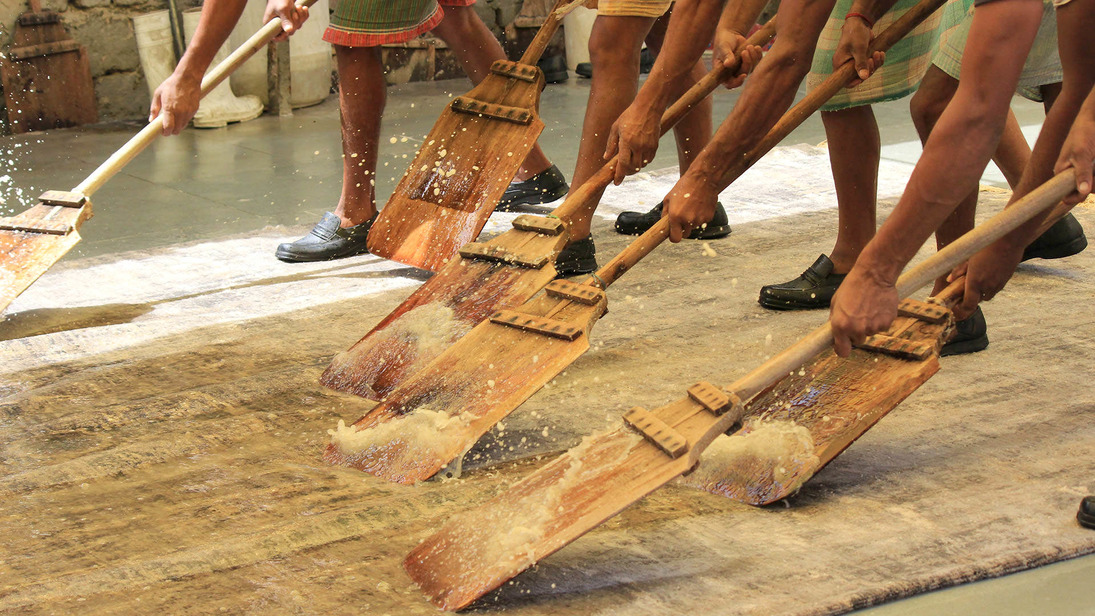

6. Washing
Our washers splash the rug with lots of water and mild soap and go over the rugs with paddles. This makes the rug more supple and improves soap efficiency in creating sheen and luster on the rug.
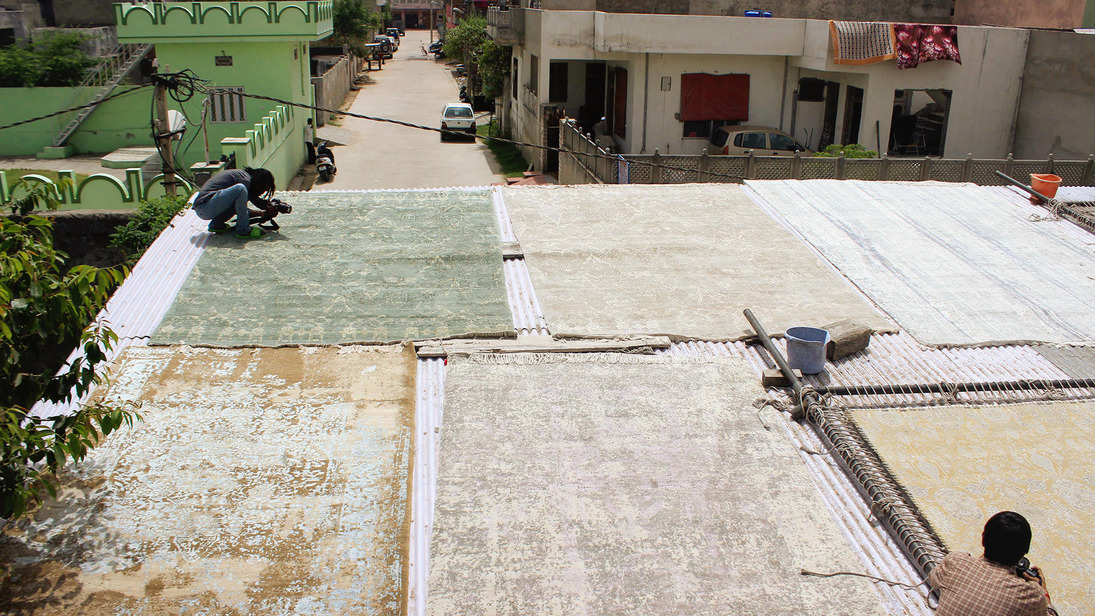

7. Drying
The rug is then dried on the roofs of the many buildings in and around the surrounding washing area. They leave the rug an extra 2 days in the sunlight as this further enhances the sheen and lustrous look.
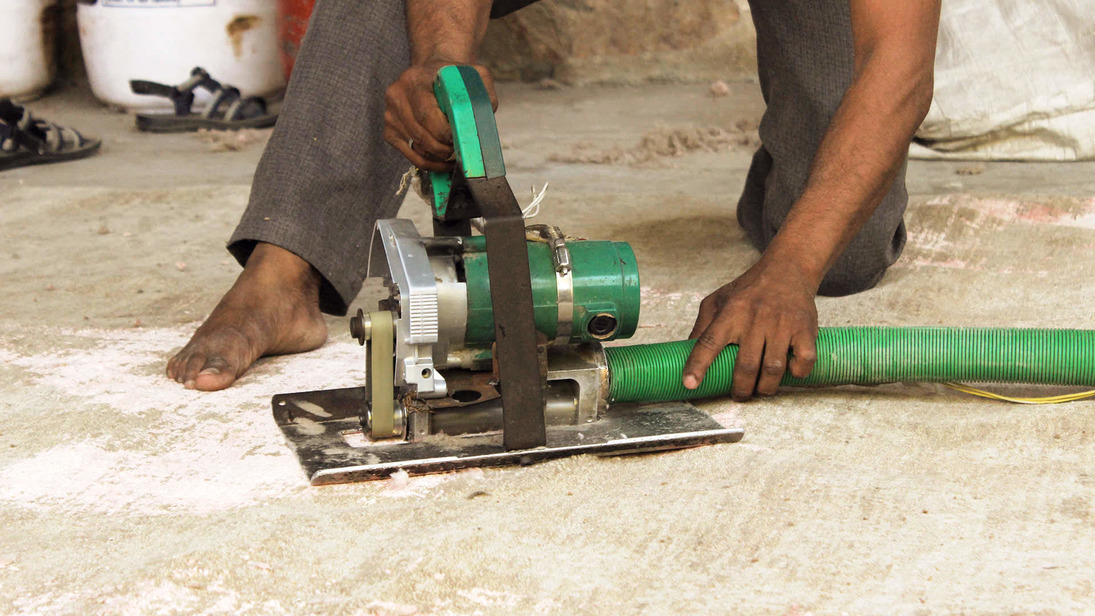

8. Shaving
After being dried, the rug is shaved to a normal pile height. The shaving machine is held by hand, which makes this technique quite a tricky process as the exact same pressure should be applied everywhere so the pile height is identical all over the rug. Should anything go wrong, the carpet is lost.
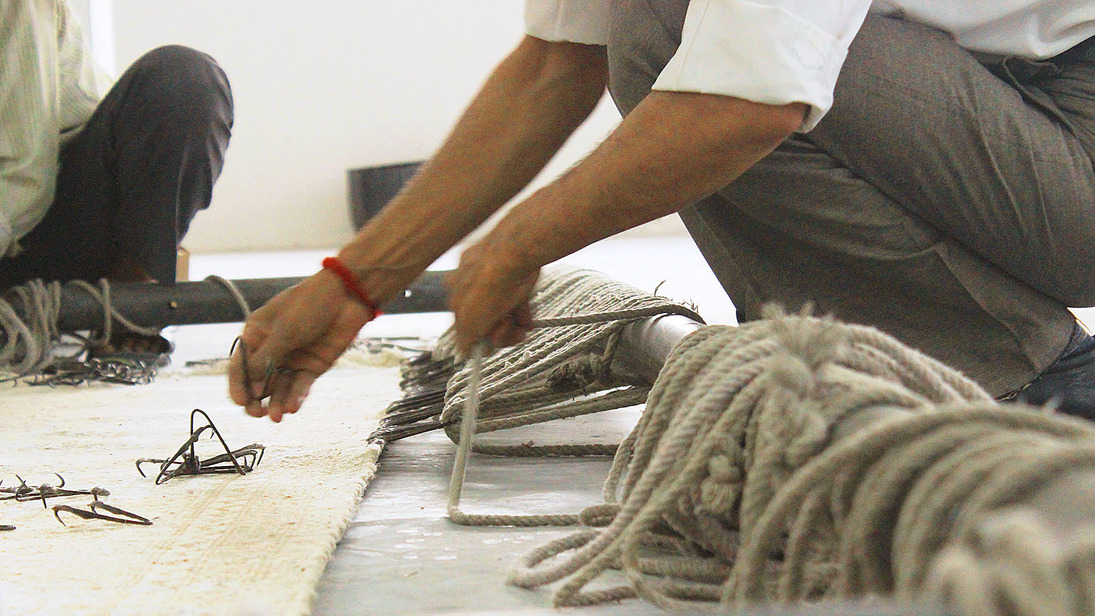

9. Stretching
The carpet is then being taken for stretching. It is being outlined on a metal or wooden frame where it stays for a few days to make sure the rug is 100% straight.
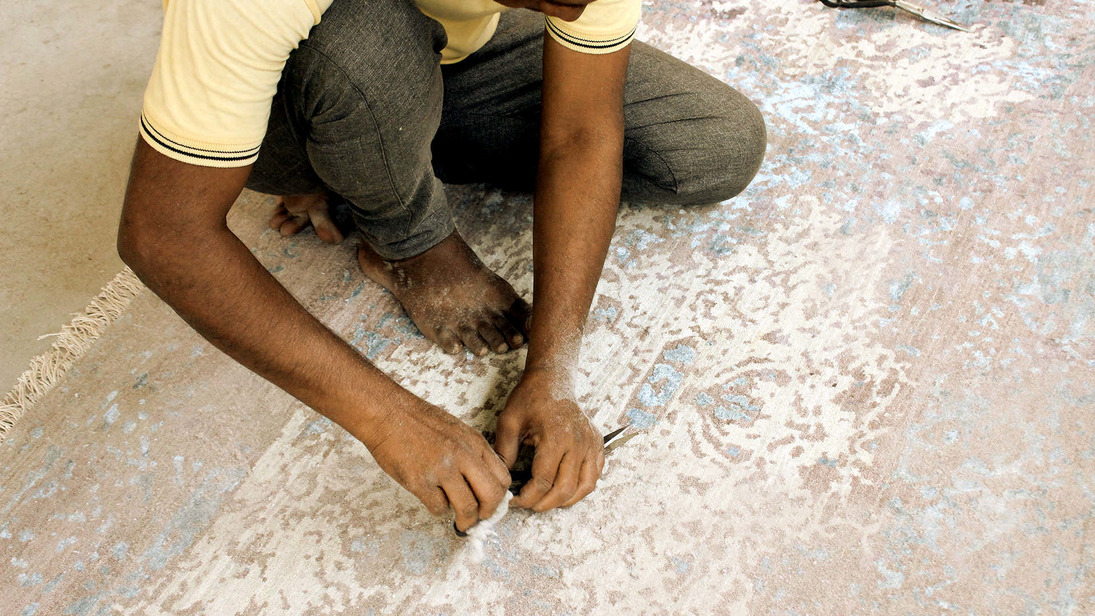

10. Handcarving
The last step is handcarving.
During this process the background part of the design is cut out by hand with scissors. This is done by a team of craftsmen to create a unique 3D effect, resulting in extraordinary detail. We take it to the next level and create rugs with the finest and best handcarving ever performed. The detail of our design continues in the handcarving. People with no knowledge of rugs hardly believe everything we do is done by hand. But it is. We are aiming for legendary.